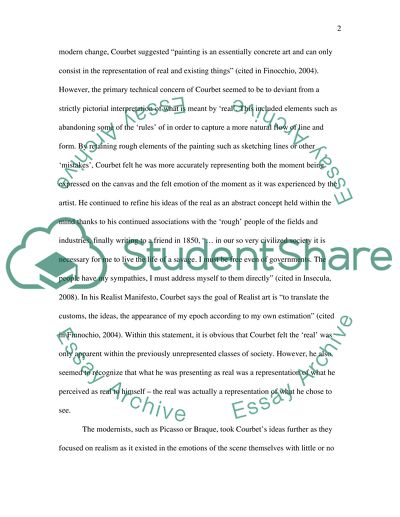Cite this document
(“Realism in the Modern World Essay Example | Topics and Well Written Essays - 1500 words”, n.d.)
Realism in the Modern World Essay Example | Topics and Well Written Essays - 1500 words. Retrieved from https://studentshare.org/visual-arts-film-studies/1573143-realism-in-the-modern-world
Realism in the Modern World Essay Example | Topics and Well Written Essays - 1500 words. Retrieved from https://studentshare.org/visual-arts-film-studies/1573143-realism-in-the-modern-world
(Realism in the Modern World Essay Example | Topics and Well Written Essays - 1500 Words)
Realism in the Modern World Essay Example | Topics and Well Written Essays - 1500 Words. https://studentshare.org/visual-arts-film-studies/1573143-realism-in-the-modern-world.
Realism in the Modern World Essay Example | Topics and Well Written Essays - 1500 Words. https://studentshare.org/visual-arts-film-studies/1573143-realism-in-the-modern-world.
“Realism in the Modern World Essay Example | Topics and Well Written Essays - 1500 Words”, n.d. https://studentshare.org/visual-arts-film-studies/1573143-realism-in-the-modern-world.


